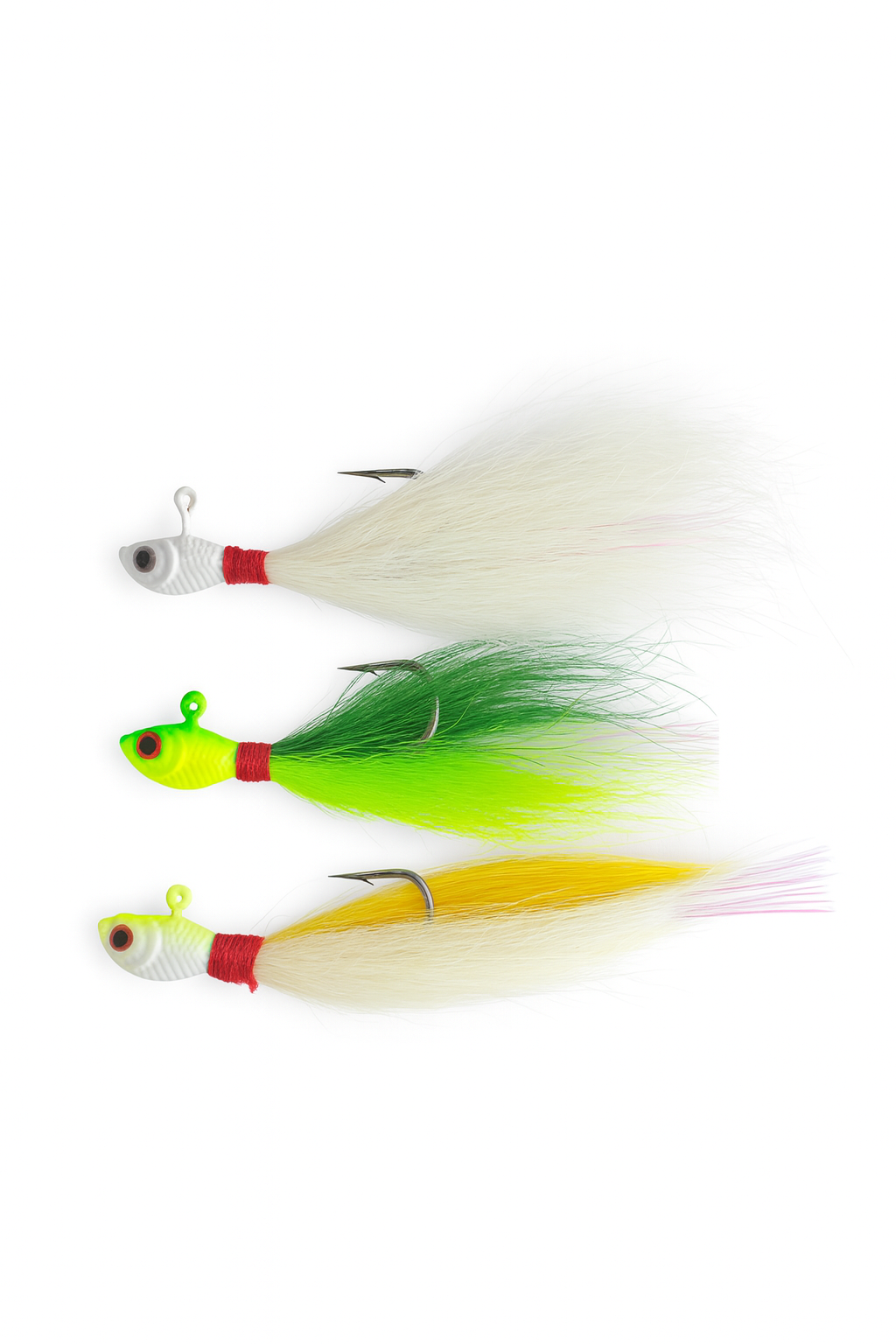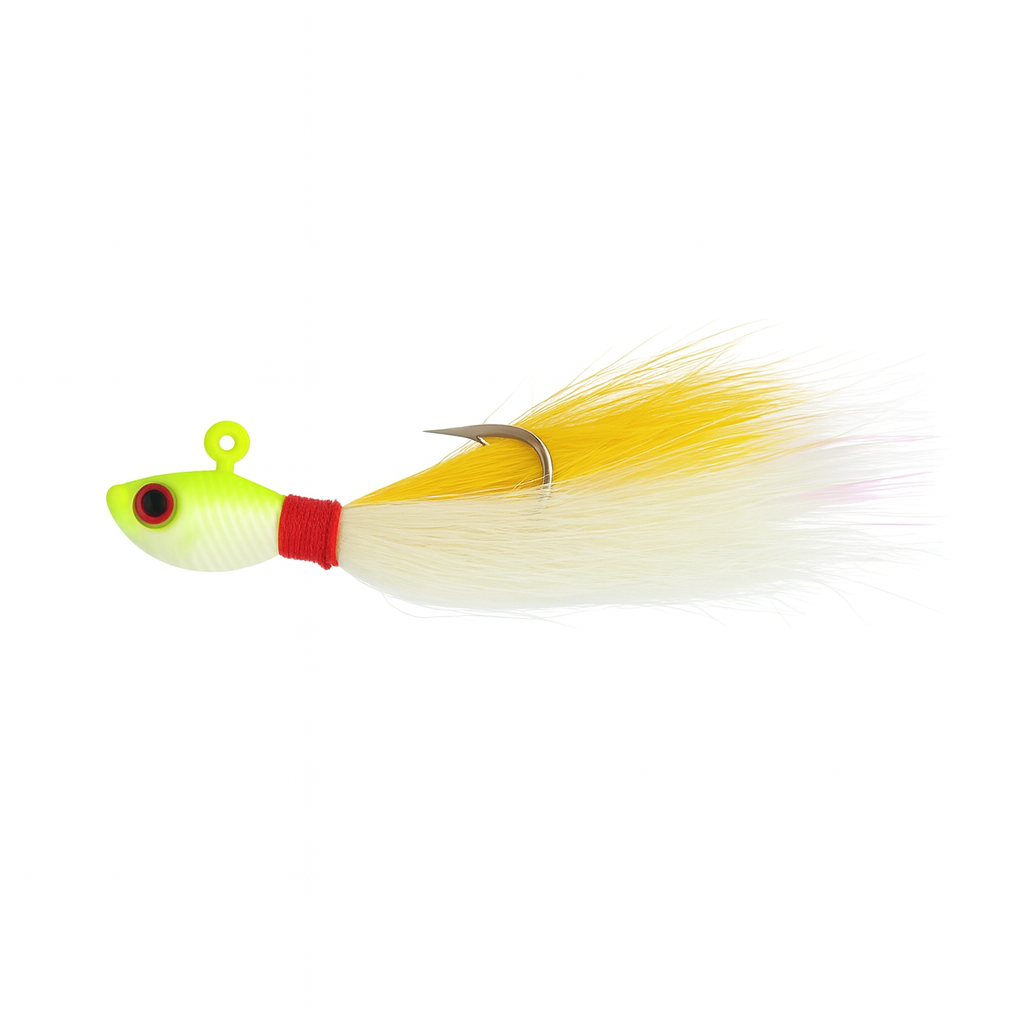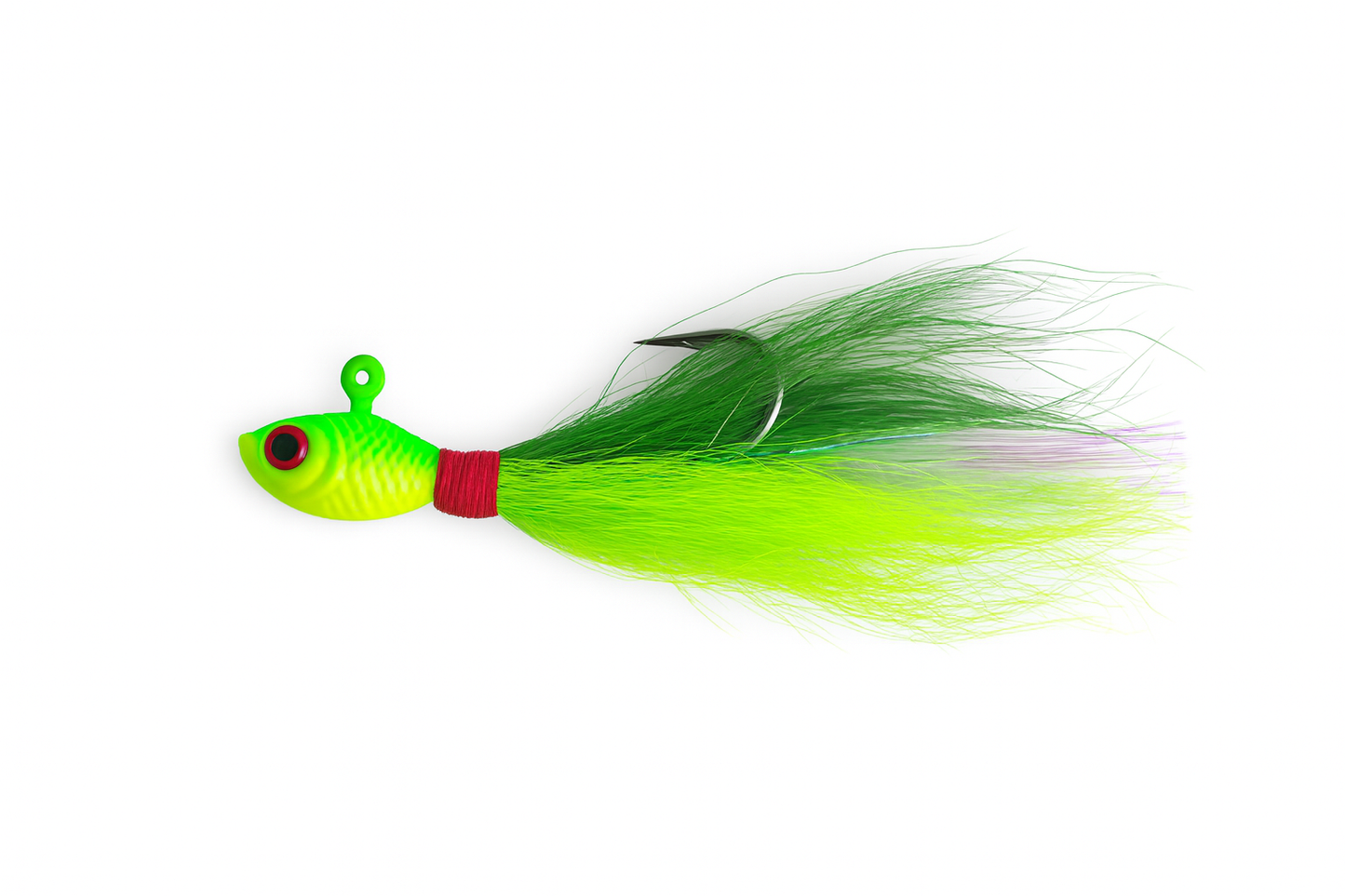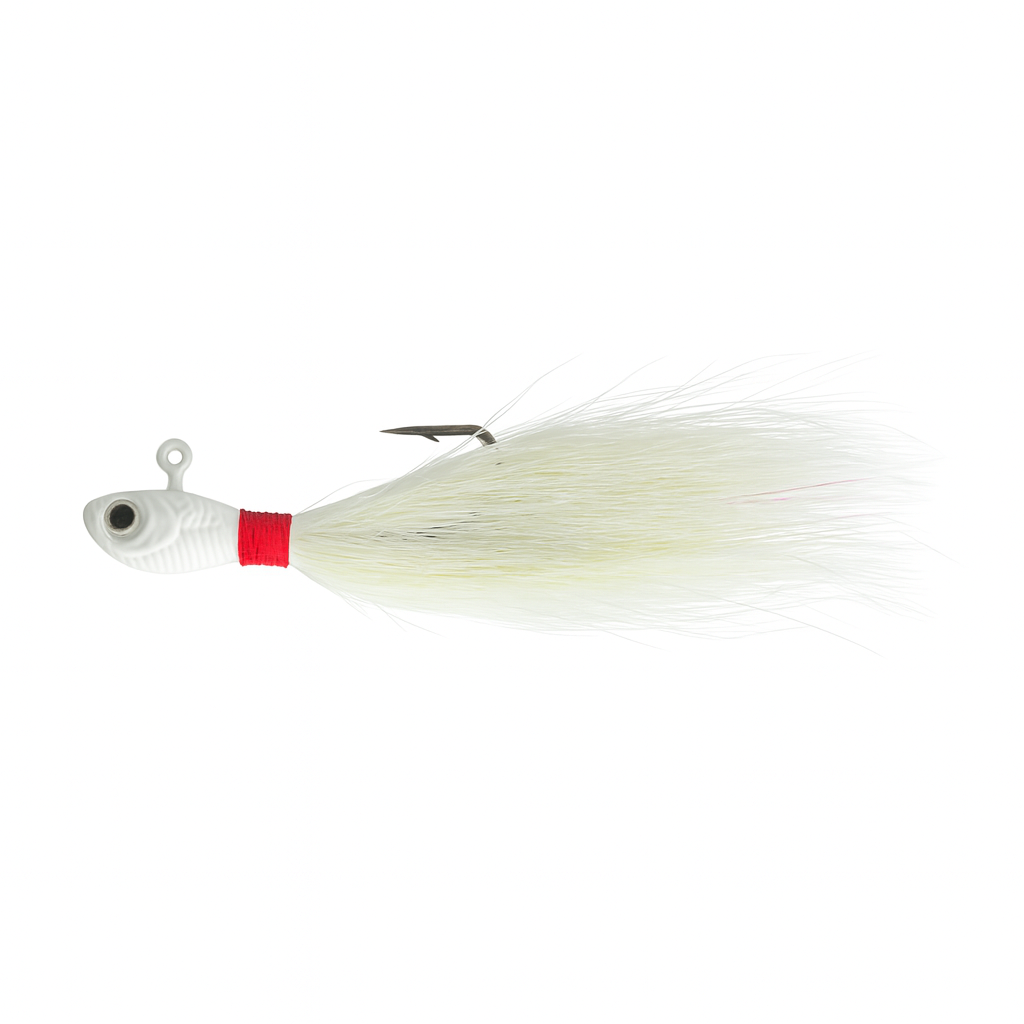How to Catch Sheepshead Around Docks and Canals in Southwest Florida
Share
Few inshore fish are as dependable or as challenging as the sheepshead. When winter fronts begin pushing across Southwest Florida and the water cools, these striped bait-thieves move into canals, marinas, and residential dock lines in huge numbers. If you live or fish anywhere around Cape Coral, Fort Myers Beach, Pine Island, or Sanibel, there may be no easier fish to target right in your backyard. And when you pair the right presentation with the right gear – especially realistic Backwater Crabs and sharp Outshore Gear circle hooks – sheepshead quickly turn from frustrating pickers into reliable fillet-makers.
Why Docks and Canals Hold So Many Sheepshead
Sheepshead flock to structure because it is covered in what they love most: barnacles, oysters, and small crustaceans. Every piling in a canal becomes its own buffet line, and the darker, calmer water in residential canals gives them a sense of security. Even when you cannot see them, they are usually sitting tight to the pilings, hovering just inches from the wood or concrete. They are almost always oriented nose-first into the current, waiting for food to drift to them naturally.
Timing becomes important as well. The best feeding windows are typically around the last half of the falling tide and the first half of the incoming tide. During these periods, water movement pushes scent and small bits of food down the canal, triggering the fish that are already staged on the pilings. Calm days also help tremendously, as they make it easier to detect the faint, subtle bites that sheepshead are known for.
Matching the Hatch with Backwater Crabs
While fiddler crabs and mud crabs are the traditional number-one bait choice, soft-plastic crabs have become incredibly effective – especially when the fish are pressured. Backwater Crabs from Outshore Gear were designed specifically for this style of fishing. Their compact shape, neutral buoyancy, and lifelike color patterns make them perfect for pitching around docks without spooking fish. Whether you are targeting snook, redfish, or sheepshead, these little crabs look exactly like what naturally lives on the pilings.
The key when using artificial crabs for sheepshead is realism. Sheepshead are sight feeders with excellent vision. A Backwater Crab pinned to a small, sharp circle hook presents a small profile that matches what they already graze on. Rig your crab either through the corner of the body or through a leg socket so it stays horizontal in the water, which is how a real crab drifts. This simple detail dramatically increases your hookup ratio.
Choosing the Right Hook for Sheepshead
Because sheepshead have thick, human-like teeth and extremely tough mouths, hook style truly matters. A normal J-hook often results in missed fish, gut-hooked fish, or bent points. This is where the Outshore Gear 3/0 Circle Hooks excel. They are compact, sharp, and strong enough to penetrate that bony sheepshead mouth without overkill. More importantly, circle hooks work perfectly with the slow, subtle bites sheepshead give.
When you feel a tap or slight weight, simply begin reeling. Do not set the hook. The circle design rotates naturally into the corner of the fish’s mouth as you apply pressure. This dramatically increases your landing ratio and reduces deep hooks, making catch-and-release easy when you are weeding through smaller fish.
Presentation: The Most Important Piece of the Puzzle
Most anglers miss sheepshead not because of bad gear but because of poor presentation. These fish expect a natural looking crab to drift slowly downward or sit motionless against the piling. The more you move your bait, the less confident the fish becomes. Cast slightly past the dock, keep a semi-tight line, and allow the Backwater Crab to fall on its own. Stop it halfway down a piling and let it hover. Sometimes the bite feels like absolutely nothing – just a tiny vibration or increased weight. That is when you begin reeling and let the circle hook do its work.
Another effective method is to drop your crab vertically down each piling, stopping every foot or so. Sheepshead often suspend at different depths depending on the sunlight, tide, and food availability. Work the entire piling, from the surface down to the bottom, and you will quickly figure out where they are staged that day.
How to Handle the Fight
Once hooked, sheepshead immediately try to get you back into the pilings, and this is where many fish are lost. Use a medium-light or medium spinning setup with 10 to 15 lb braid and a 20 lb fluorocarbon leader. The lighter rod helps detect bites, while the fluorocarbon leader gives abrasion resistance when a fish runs you into barnacles. Keep steady pressure and angle the fish away from the dock as soon as you feel it come tight.
If you hook a bigger sheepshead in shallow water, expect a surprising amount of power. They fight more like a black drum than a snapper. Be patient, keep tension, and scoop the fish quickly with the net as soon as it comes boatside or near the dock.
Cleaning and Eating Sheepshead
Sheepshead are one of the best-tasting inshore species, with white, flaky fillets that hold up beautifully in a pan or on the grill. They do have thick rib bones, but once you know the technique, they clean easily. Most anglers keep fish in the 13 to 16 inch range and release the bigger breeders.
Always check local regulations before keeping any fish, as size and bag limits can vary depending on updated Florida Wildlife Commission rules.
Final Thoughts
Targeting sheepshead around docks and canals is one of the most accessible fisheries in Southwest Florida. With a pack of Backwater Crabs, a few Outshore Gear Circle Hooks, and some patience, you can turn a simple afternoon walk to a canal into a fun and rewarding session. The bite may be subtle, but once you learn their behavior and refine your presentation, sheepshead become one of the most dependable wintertime species you can target.
For anglers looking to fill the cooler or simply enjoy catching a unique Florida favorite, this dock-fishing approach is one of the most effective ways to do it. And the best part is that you can do it practically anywhere water meets wood.






